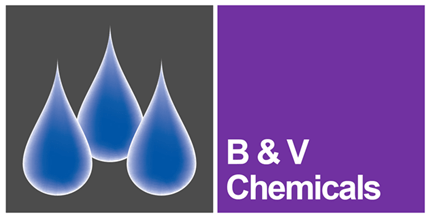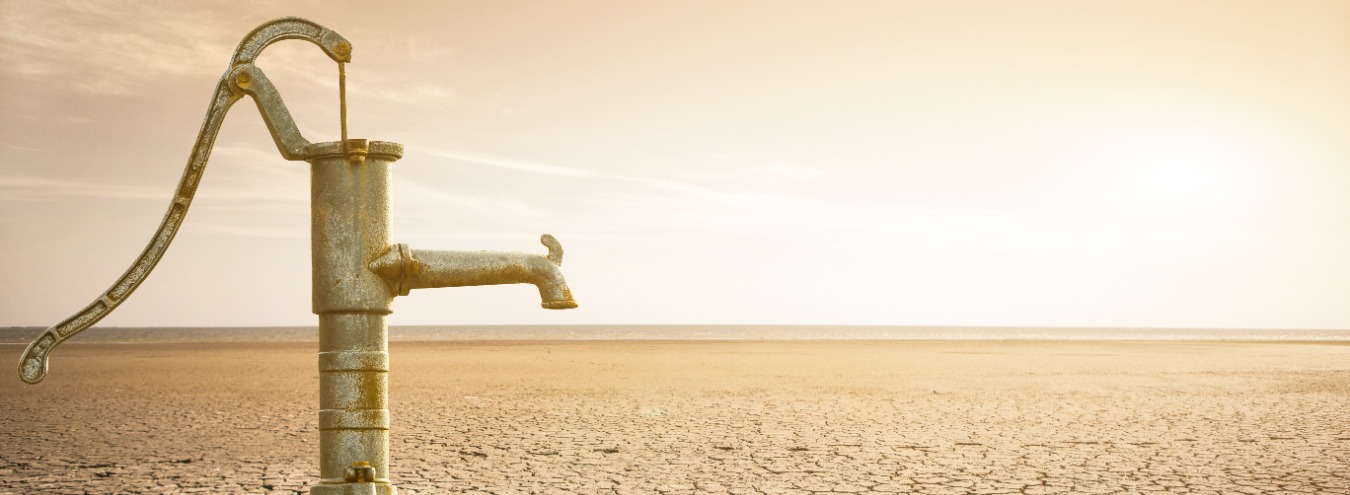Cooling towers dissipate heat from recirculating water and use large volumes of, in most cases, potable water. With the increasing cost of water and concern regarding its future scarcity, cooling tower water consumption should be well managed and reduced wherever possible.
Optimising cooling tower water management
Cooling tower operators can optimise cooling tower water consumption to:
- Conserve water resources
- Reduce water treatment chemical consumption
- Reduce costs and save energy consumption
To optimise the water conservation of any cooling tower, the entire water balance of the tower should be addressed. Evaporation and bleed are controlled water losses and are essential to the correct operation of the tower and system. These controlled losses need to be optimised. Some water losses are uncontrolled and may include overflows, drift, splash out, windage, leaks and filter backwashing. Uncontrolled water losses need to be minimised or removed.
The evaporated water is pure water and does not contain the mineral solids dissolved in the cooling water. Evaporation concentrates dissolved minerals in the remaining tower water. When the solubility limit is reached, the dissolved minerals (mainly calcium and magnesium salts) will precipitate as scale or sludge.
To prevent the tower from over concentrating minerals, a percentage of the cooling water is discharged to drain. This bleed (or blowdown rate) is adjusted to control the concentration of dissolved minerals to just below their solubility limit. This limit is generally set and controlled by a conductivity metre which automatically controls blowdown. Water is discharged when the conductivity set point is exceeded. Regular maintenance and calibration of conductivity metres is an essential part of a cooling tower maintenance programme.
Some materials, such as certain grades of stainless steel and protective coatings on cooling tower components, may have chloride level limitations. The chloride level in a cooling tower can be an additional limiting factor in the number of cycles of concentration that can be achieved in a particular cooling tower system. In some systems, increasing the cycles may increase the pH of the circulating water requiring additional or different water treatment controls.
The water that is lost by evaporation and bleed must be replaced by fresh make up to maintain a constant system volume. Make up is typically obtained from potable water sources, but it may also come from treated wastewater or recycled water supplies.
Ideally, water meters need to be placed on the make up water line and, where practical and economically feasible, the bleed water line to effectively understand the tower water consumption pattern.
Water consumption can be reduced by:
- Improving the quality of feed water (generally by pre-treatment)
- Maximising the cycles of concentration, by optimising the cooling tower process and removing solids from blowdown water before recirculating it back into the system.
Let's take a closer look at each of these steps.
Pre-treatment of cooling tower make up water
Make up water of inadequate quality can be treated prior to being added to the cooling tower system. The primary limiting factor for cycles of concentration is calcium hardness. In general, the calcium hardness in the cooling tower should be maintained within the range of 350 to 400 ppm on a non-acid treatment program.
If the makeup water contains 100 ppm calcium hardness, the cycles of concentration are restricted to 3.5 to 4.0. This is equivalent to 75% to 85% water efficiency. Reducing the calcium hardness to 50 ppm allows the tower to run at seven to eight cycles, which is equivalent to over 96% water efficiency.
Hardness reduction or removal can be accomplished by:
- Lime softening,
- Sodium ion exchange (water softener), or
- Reverse osmosis.
Low-hardness make up can sometimes be available from recycled and reused plant wastewater, such as spent rinse water and steam condensate. Water of desired hardness can be obtained by blending softened water with untreated raw or recycled water. Improving make up water quality can assist in increasing the cycles of concentration number. This reduces bleed volumes which ultimately reduces the make up water quantity required by the system.
Maximising the cycles of concentration
Cycles of concentration is the number of times that fresh make up water can be used in the tower before the dissolved minerals cycle up to the point where they drop out of the solution. The number of cycles of concentration depends on the quality of the make up water and the water treatment programme. Operating the cooling tower at maximum cycles of concentration reduces the amount of water sent to drain, the make up water used, the amounts of water treatment chemicals required, and the overall operating costs.
The volume of water saved by increasing the cycles of concentration in a system can be estimated by the equation;
V = M x ((C2 – C1) / (C1 x (C2 – 1))
- V = Volume of water saved
- M = Initial make-up water volume
- C1 = Initial Cycles of concentration number
- C2 = Final cycles of concentration number
Use of chemical inhibitors
A wide variety of scale and corrosion inhibitor formulations are available for the treatment of cooling towers. They work by enhancing the solubility of calcium and magnesium salts while at the same time controlling corrosion to within acceptable rates. These products are used alone or in combination with supplemental acid feed to maximise tower cycles.
Cooling water additives are usually limited to keeping calcium and magnesium salts soluble up to a Langelier Index value of about +2.5. Other chemical programs push through the calcium solubility limit by claiming to maintain clean heat transfer surfaces at even higher cycles, despite the precipitation of hardness salts, which are chemically conditioned into a fluid, non-adherent sludge that is removed by routine bleed.
Potential cost savings vary from plant to plant, depending on the cost for raw water, waste disposal costs, chemical treatment dosages, and energy. Nevertheless, in addition to the environmental, health, and safety improvements, the return on investment for improving cooling tower efficiency is typically less than one year.
For advice on the selection of the best cooling tower inhibitor from our Envirohib or iChem ranges (iChem = concentrated range for large industrial applications), please contact our technical department at ownlabel@bvwater.co.uk.






